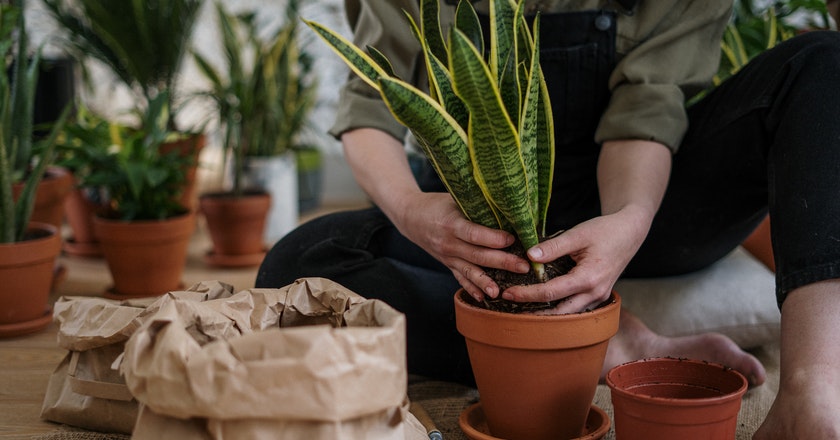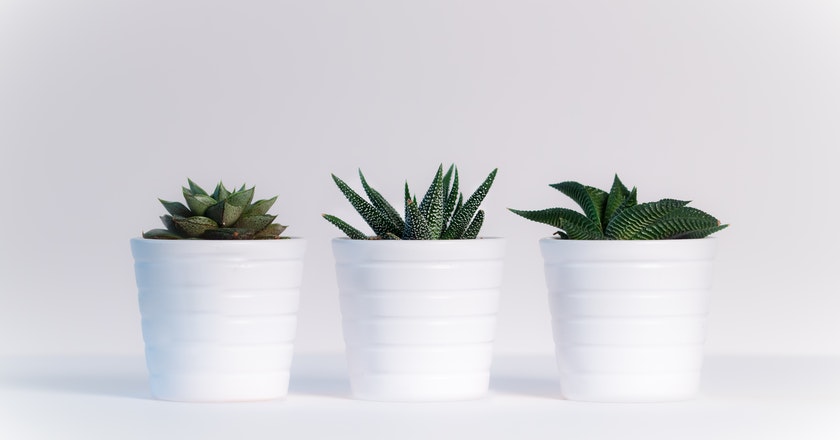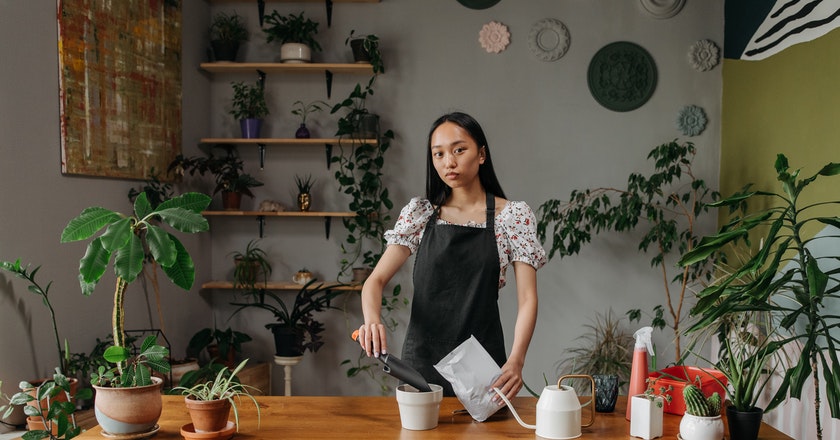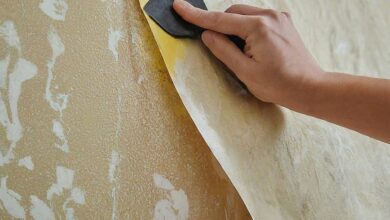Repotting Indoor Plants – Easiest Way to Do It!
Let’s repot the indoor plants to help them grow smoothly

Indoor plants require repotting every 1 or 2 years to stay strong and healthy. Repotting a plant is best done in the spring when the roots are actively growing and have had time to fully acclimate to the new potting soil. With the use of appropriate techniques and applications, repotting indoor plants can be relatively easy.
Repotting can be described as more of changing the potting mix than it does completely replacing the plant’s pot. The size of the planter is crucial because the plant should not be drowning in soil, instead, it should have a little additional space to expand into during the next months.
Signs Indicate Time for Repotting Indoor Plants
- The plant is being pushed up by its roots and nearly outgrowing the pot.
- The plant is overweight and may easily topple over after a duration of 1 or 2 years.
- When there is a high concentration of minerals and salt in the pot.
- The plant is developing considerably more slowly than usual growth and not due to winter dormancy.
- The roots of the plant are growing inside the drainage holes.
- When the plant requires more watering because its potting mix is drying up faster than usual time.
- The plant’s leaves have outgrown the pot by at least thrice its size.
When you absorb some of those signs, consider repotting indoor plants to help them grow easily.
Materials Needed for Repotting Indoor Plants
– A New or Existing Plant
– The Pot/Planter
– New Potting Mix
– For Pots that Lack a Drainage Hole, Use Lava Rocks
– For Irritant Sap, Wear Gloves
– Watering Bottle
– Newspaper, Potting Tarp, or A Surface that is Simple to Clean
Procedures You Should Follow

1. Water the Plant
To lessen the stress of repotting indoor plants and make the roots more malleable, water the plant well the day before repotting.
2. Take the Plant Out of Its Existing Pot or Planter
With a few little tugs on the stems’ bases, the plant will slide out of its current container if you grip it firmly by the stems or leaves while turning it sideways and tapping the bottom of the container.
You may like: How to Shampoo Your Carpet
3. Gently Pull the Plant’s Roots apart Using Your Hands
The thicker roots at the base of the leaves can be left alone, but any extra-long threadlike roots can be pruned out. Finer roots require more delicate handling. Stringy roots should be pruned back using scissors.
4. Get Rid of the Old Potting Soil
Remove at least a third of the old potting mix that is surrounding the plant’s roots. You should remove the old potting mix because as the plant grew, it may have consumed all or part of the nutrients in the old mixture.

Never use soil from an outdoor garden for repotting indoor plants. Use a high-quality potting mix instead for greater aeration because it is considerably less dense and drains more quickly.
5. Put in Fresh Potting Mix
Fill the planter with a fresh layer of potting soil, packing it down and eliminating any air spaces. If the planter lacks a drainage hole, layer the bottom with lava rocks or anything comparable (rocks, gravel, etc.) before adding the potting mix.
Read More: Cheapest Way to Heat a Garage
6. Insert Your Plant Now
Place your plant in the center of the newly added layer of soil in the planter, and then pour more potting soil all around it to secure it. Make sure not to overfill the planter with soil; you want the roots to have room to breathe.
7. Watering the Newly Repotting Indoor Plants

The potting mix should be evened out, then well hydrated. Even if the plant requires high lighting, after the final watering, give it some time to rest away from the sun. When the soil’s surface seems dry, water it once more.
Wait until new growth appears, which could take 2 to 4 weeks, before fertilizing. Remove any dead, sick, or damaged leaves from the plant’s foliage once it has been replanted.
Should I Repot Indoor Plants After Buying?
We forbade you from repotting indoor plants immediately after buying. You should let the newly bought indoor plants acclimate to the environment of your house. Just a couple of days or a week, if possible, to repot the plants to new planters.
Conclusion
Repotting indoor plants could sometimes feel challenging and stressful but for the general well-being of the plants, it is mandatory. So, you should follow those steps to repot indoor plants. Thus, you can expect positive results in the growth of your indoor plants in a short time.





